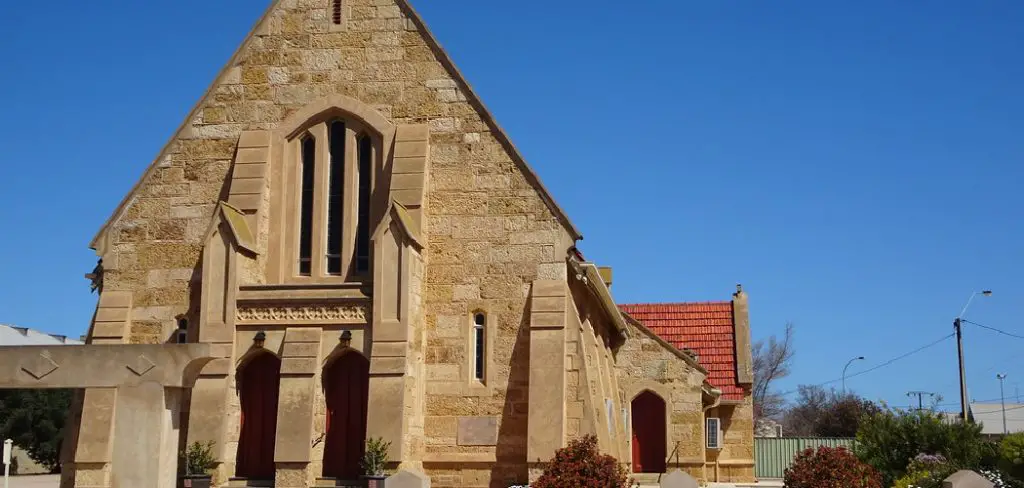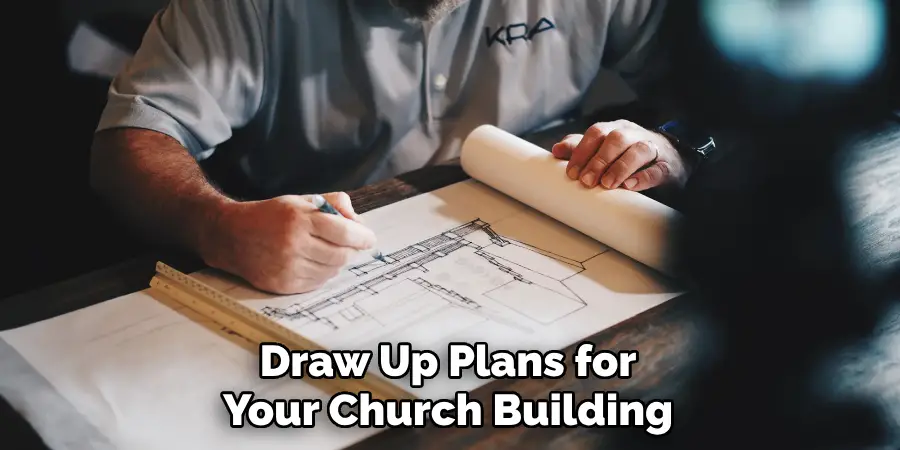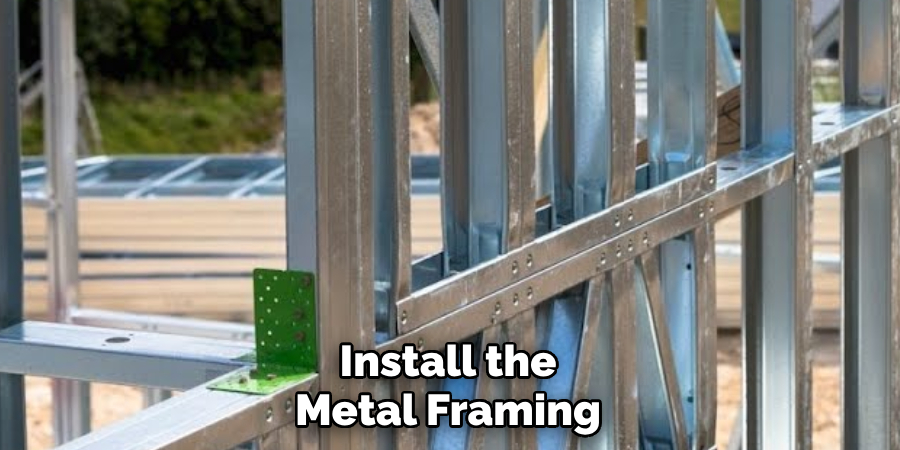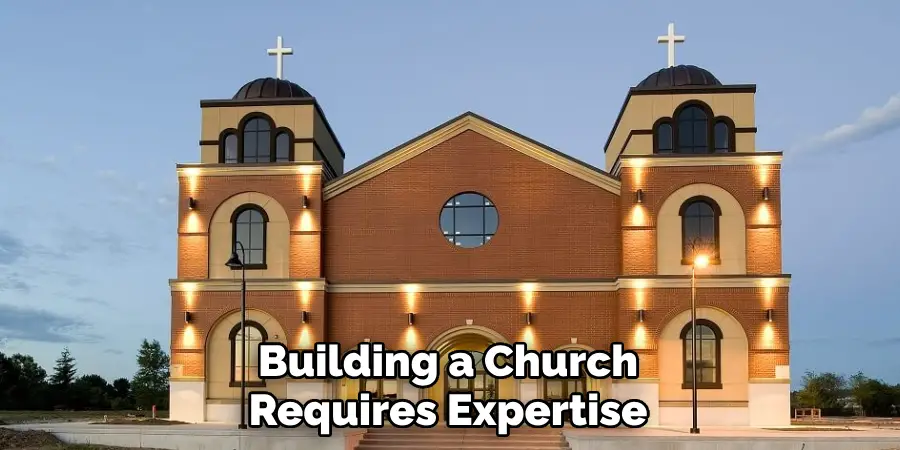Have you ever been in a church that seemingly has it all – high ceilings, beautiful stained glass windows with just the right amount of light streaming in, and a timeless feel that puts visitors at ease? If so, then you already know how impressive a well-built church can be.

Building your own church is no small feat; however, it’s possible if you have enough motivation and resources. In this blog post on how to build a Church Building , we’ll discuss everything from finding the perfect location to obtaining building permits and more to ensure your dream of having your very own place of worship comes true.
Why Build a Church Building?
While some may argue that there are plenty of existing churches to attend, building your own church has its unique advantages. First and foremost, it allows you to create a space that reflects your beliefs and values. From the overall design to the smallest details, everything can be tailored to your specific vision.
Another reason for building a church is that it provides a sense of community and belonging for you and your fellow congregants. You can come together as a group to work towards a common goal, strengthening your bond and creating shared memories along the way.
Needed Materials
- Building a church requires many different materials, including:
- Land/property (This May Require Purchasing or Leasing)
- Building Plans/architect
- Permits (May Vary by Location)
- Foundation Materials (Concrete, Gravel, Etc.)
- Metal Framing Components
- Roofing Materials (Metal Paneling, Shingles, Etc.)
- Windows and Doors
- Interior Finishes (Paint, Flooring, Etc.)
- Furniture and Other Fixtures
10 Step-by-step Guidelines on How to Build a Church Building
Step 1: Determine the Location
The first step in building a church is finding the right location. You may want to consider factors such as proximity to your community, accessibility, and zoning laws. It’s essential to make sure that the area is suitable for a church building and has enough space for parking and other necessary amenities.
You may also need to purchase or lease the land, so be sure to factor that into your budget. If you already have a property, make sure it meets all the necessary requirements.
Step 2: Plan and Design Your Church
Next, you’ll need to work with an architect to draw up plans for your church building. This step is crucial as it will determine the overall look and functionality of your church.

Make sure to communicate your needs and vision clearly to the architect so that they can create a design that meets your expectations. But don’t worry, you can always make changes before finalizing the plans. It’s better to have a well-thought-out design than rush into construction and regret it later.
Step 3: Obtain Permits
Before you begin construction, you’ll need to obtain the necessary permits from your local government or building authority. This process may vary depending on your location and the type of construction you’re undertaking. It’s crucial to follow all regulations and guidelines to avoid any delays or issues during the building process. You may need to hire a permit expediter or consultant to help you navigate the process. But don’t worry – the extra effort will be worth it in the end.
Step 4: Prepare the Foundation
The next step is to prepare the foundation for your church building. This includes pouring a concrete slab or laying down gravel and framing the foundation walls. The foundation is essential as it provides stability and serves as the base for your entire structure.
It’s crucial to ensure that it’s done correctly, as any mistakes can lead to significant structural issues later on. It’s recommended to work with a professional for this step.
Step 5: Install the Metal Framing
Once the foundation is set, it’s time to install the metal framing. This is an essential step as it forms the skeleton of your building and provides support for everything else.

You can choose from various types of metal framing materials, such as steel or aluminum, depending on your budget and preferences. It’s essential to follow the building plans precisely to ensure that the framing is done correctly. It’s also recommended to hire professionals for this step.
Step 6: Add Roofing Materials
After the metal framing is in place, it’s time to add roofing materials. This can include metal paneling, shingles, or other options depending on your design and climate.
The roof serves as protection from the elements and also contributes to the overall aesthetics of your church. It’s essential to make sure that it’s installed correctly to prevent any leaks or damage in the future. You may need to hire a roofing professional for this step.
Step 7: Install Windows and Doors
Next, it’s time to install windows and doors into your metal building. These not only provide natural light and ventilation but also add character to your church. You can choose from a variety of options, such as stained glass windows or traditional wooden doors.

It’s crucial to make sure that they are installed correctly and sealed properly to prevent any drafts or leaks. It’s recommended to hire a professional for this step. You may also consider adding security features for added protection.
Step 8: Finish the Interior
With the exterior of your church building complete, it’s time to focus on the interior. This includes painting, flooring, and installing any fixtures or furniture you may need. The interior finishes should be in line with your design and reflect the purpose of your space.
It’s essential to take your time with this step to ensure that everything is done correctly and to your liking. But don’t be afraid to get creative and add personal touches.
Step 9: Create a Welcoming Entrance
The entrance of your church is the first impression visitors will have, so it’s crucial to make it welcoming and inviting. You can add landscaping, signage, or other elements to create an attractive entrance that reflects your church’s values.

Incorporating natural elements such as plants or water features can also create a sense of peace and tranquility for visitors. It’s essential to make sure that the entrance is accessible and safe for all. However, keep in mind any local regulations that may apply.
Step 10: Dedicate Your Church
Though the building may be complete, the final step is to dedicate your church. This involves a special ceremony where you bless and consecrate your new place of worship. It’s an opportunity to invite the community and celebrate this milestone together.
A dedication service can also serve as a way to thank all those who were involved in making your church building a reality. It’s a special moment that marks the beginning of your church’s journey.
Following these ten steps on how to turn a metal building into a house will guide you through the process of turning a metal building into a house of worship. While it may seem like a daunting task, with proper planning and execution, you can build a church that stands as a testament to your faith and community. So don’t be afraid to take on this endeavor and create a sacred space for generations to come. Happy building!

How Much Could It Cost?
The cost of building a church can vary greatly depending on factors such as location, design, materials used, and size. According to ChurchPlaza, the average cost per square foot for a basic church building is $110-$125. This means that for a 10,000-square-foot building, you could expect to pay anywhere from $1.1 million to $1.25 million. It’s important to keep in mind that this estimate does not include land acquisition, permits, or any additional features or finishes.
It’s recommended to consult with professionals and create a detailed budget before beginning the construction process.
You may also consider fundraising or seeking out grants and donations to help offset costs. Remember, building a church is an investment in your community, faith, and future. So take the time to plan carefully and create a space that will serve as a source of inspiration and unity for years to come.
Additional Considerations
Accessibility: It’s essential to ensure that your church building is accessible to all individuals, including those with disabilities. This can include features such as ramps, handrails, and designated parking spaces.
Insurance: Before beginning construction, it’s crucial to obtain adequate insurance coverage for your church building. This will protect you in case of any accidents or damages during the building process.
Maintenance: It’s important to plan for regular maintenance of your church building to ensure its longevity. This can include tasks such as cleaning, repairs, and inspections.
Building Codes: Make sure to comply with all building codes and regulations in your area to avoid any delays or issues during construction.
Sustainability: Consider incorporating sustainable practices and materials into your church building design to reduce its environmental impact and save on long-term costs.
Building a church can be a challenging but rewarding experience. With proper planning and execution, you can create a space that not only serves as a place of worship but also brings your community together.
So don’t hesitate to start the process and turn your metal building into a beautiful and meaningful church building.
Keep in mind that this guide is meant to provide general information, and it’s always best to consult with professionals for specific advice and guidance. Best of luck on your journey to build a church building!
Frequently Asked Questions
Q: Can I Build a Church on My Own?
A: Building a church requires expertise and experience in construction. It’s recommended to hire professionals for the best results. You can, however, involve volunteers and community members in the process to save on costs and bring a sense of unity.

Q: How Long Does It Take to Build a Church?
A: The timeline for building a church can vary depending on the size, design, and materials used. On average, it can take anywhere from 12-18 months to complete construction. It’s important to factor in additional time for planning, obtaining permits, and unexpected delays.
Q: What Design Styles Can I Use for My Church Building?
A: There are many design styles you can choose from for your church building, such as traditional, contemporary, or modern. Consider the purpose and values of your church when selecting a design style that best represents your community.
It’s also important to consider the surrounding architecture and blend in with the aesthetic of the area. Don’t be afraid to get creative and add personal touches to make it unique.
Q: Do I Need a Permit to Build a Church?
A: Yes, you will need to obtain permits from your local government before beginning construction. Make sure to research and comply with all building codes and regulations in your area.
Conclusion
As you can see, building a church is no small feat. It’s a lot of work but at the end of it all, you will have a safe, functional, and beautiful structure in which to worship. In order to be as successful as possible, it’s important to plan out your project thoroughly and use the best materials and techniques that fit your budget. You may also need to call on the help of skilled professionals who are experienced in church construction and building codes.
Remember that if you take the time now to plan and execute your project properly, you will end up with a beautiful space for people to come together and experience the power of their faith. So don’t wait too long – get started today and build something amazing! Thanks for reading this article on how to turn a metal building into a house.
